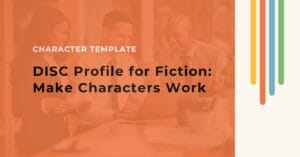
Organize your creativity with the #1 book outlining and story bible software for professional and aspiring writers.
Product
Helpful Links
© Fictional Devices, 2024. All Rights Reserved.
In many loved fantasy stories, some kind of priceless guide — a spellbook, a mentor’s manual — offers profound wisdom and helps build a whimsical world.
World-building isn’t easy, though, and if you’re creating a detailed fantasy world, it’s a huge undertaking. Luckily, Plottr’s Magic Blueprint Character Template helps you conjure intriguing characters to inhabit supernatural and mystical worlds.
Inspired by C.R. Rowenson’s Magic System Blueprint, Plottr’s Magic Blueprint Character Template helps you imbue your characters with fantasy.
Rowenson’s system gives authors a structure for building the magic systems that underpin their worlds.
If you think about it, keeping magic systems interesting and consistent is an essential component of writing compelling fantasy. You can’t have a protagonist develop new abilities two-thirds of the way through a story without a clear “why”. Fantasy isn’t “anything goes” — readers want to make sense, too.
A magic blueprint ensures that your system isn’t a random collection of hocus pocus, as it defines magic’s source, prevalence, ease of use, and other key factors.
This structure allows you to map out your magic system’s core workings, ensuring consistency that sustains reader immersion.
If you’re writing fantasy or science fiction, set in a world where magic is just as common as a traffic jam on a Monday morning, you’ll surely thank yourself for creating this frame of reference to refer back to as you write.
How will creating a magic blueprint help you? You’ll be able to:
Itching to start spellcasting? Keep reading to learn more about the Magic Blueprint Character Template.
This character template in Plottr will help you flesh out magical characters.
Let’s explore the Magic Blueprint Template’s thirteen key elements:
Defining each of these elements will help you breathe life into your magic system (and your characters’ relationship to it). Next, for the sake of illustration, let’s look at some examples of how J.K. Rowling weaves her distinctive magic into the fabric of the Harry Potter series.
Here’s how J.K. Rowling intertwines her magic system and characters in the Harry Potter series. See how her system could fit the framework of the Magic Blueprint.
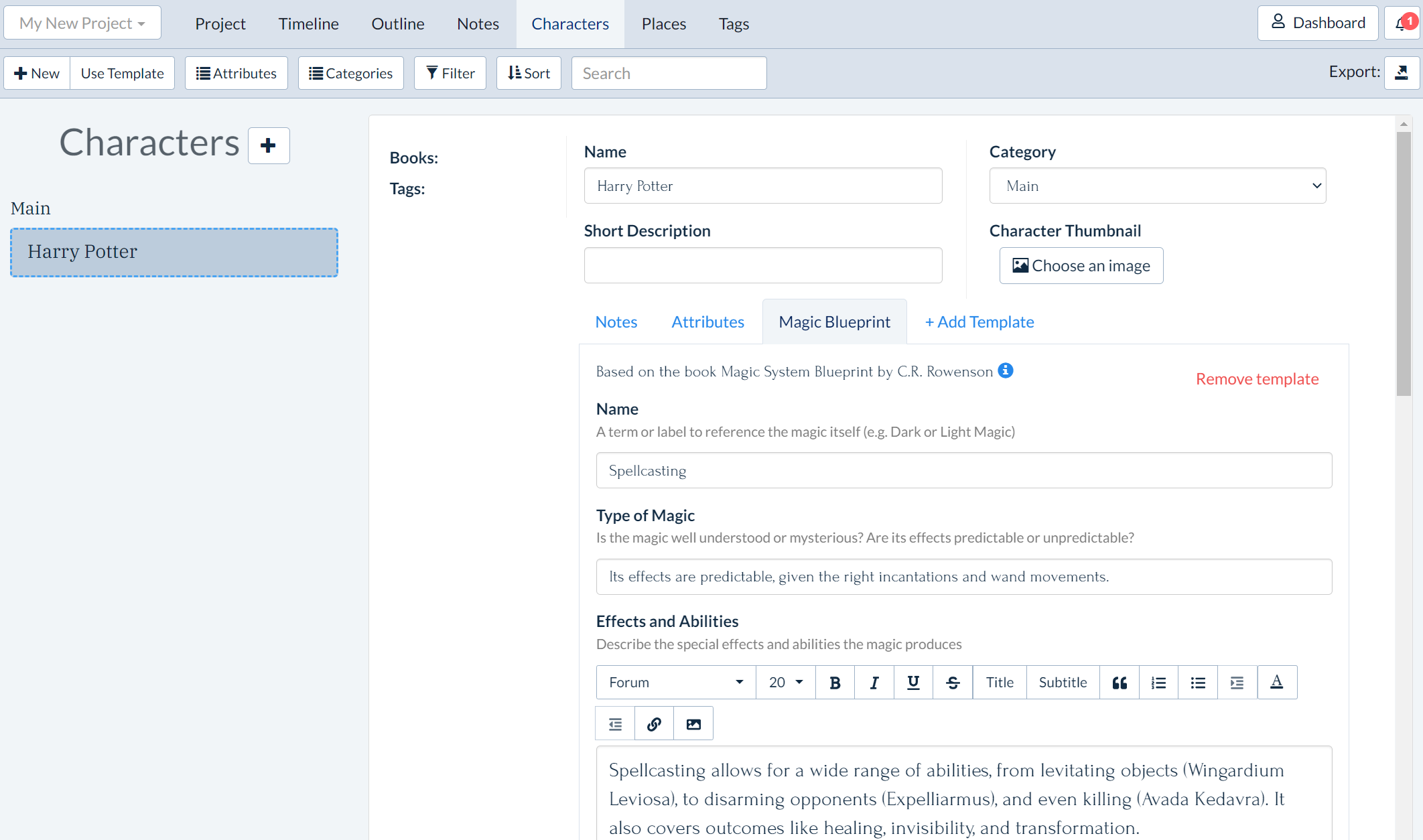
Ready to give this template a try? Let’s walk through a step-by-step guide on just how to do it. First, you’ll need to purchase Plottr or sign up fo a free trial.
Once you have Plottr setup on your computer, follow these steps to add the Magic Blueprint Character Template to your project.
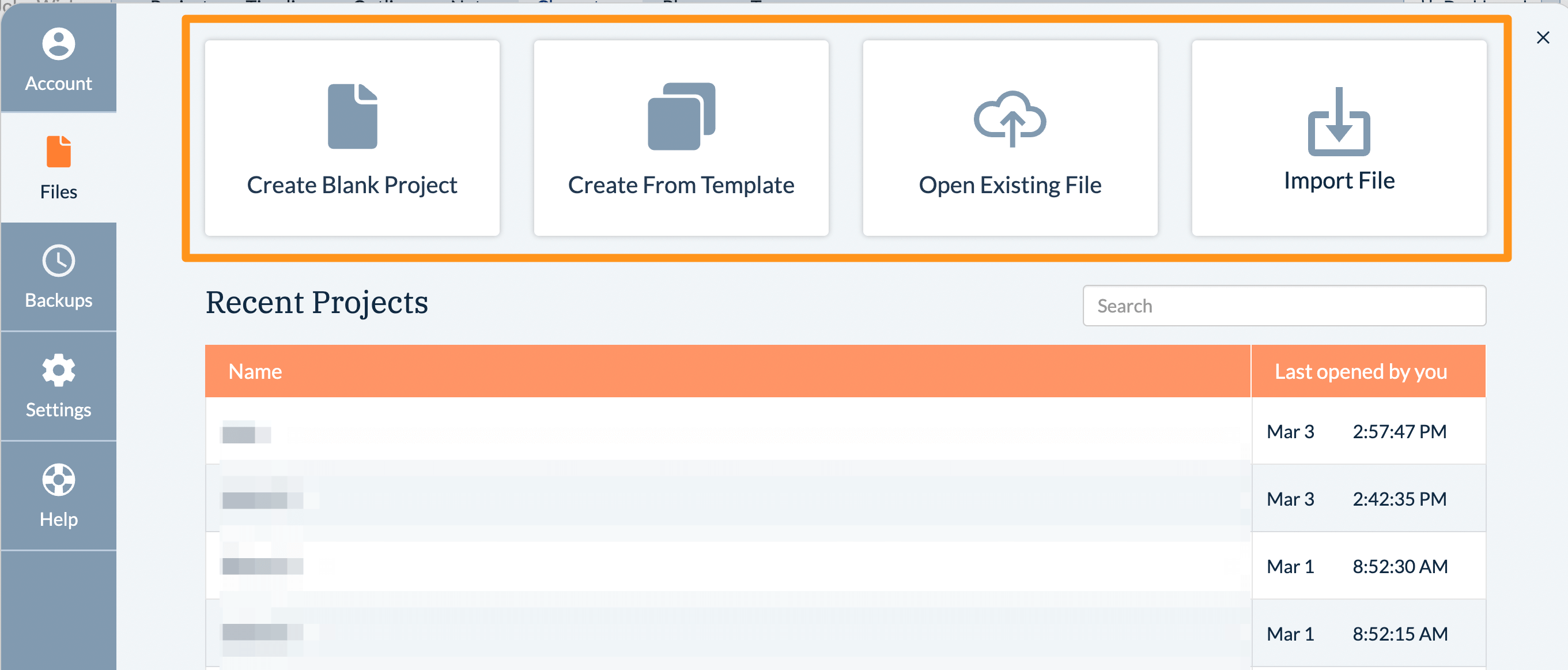
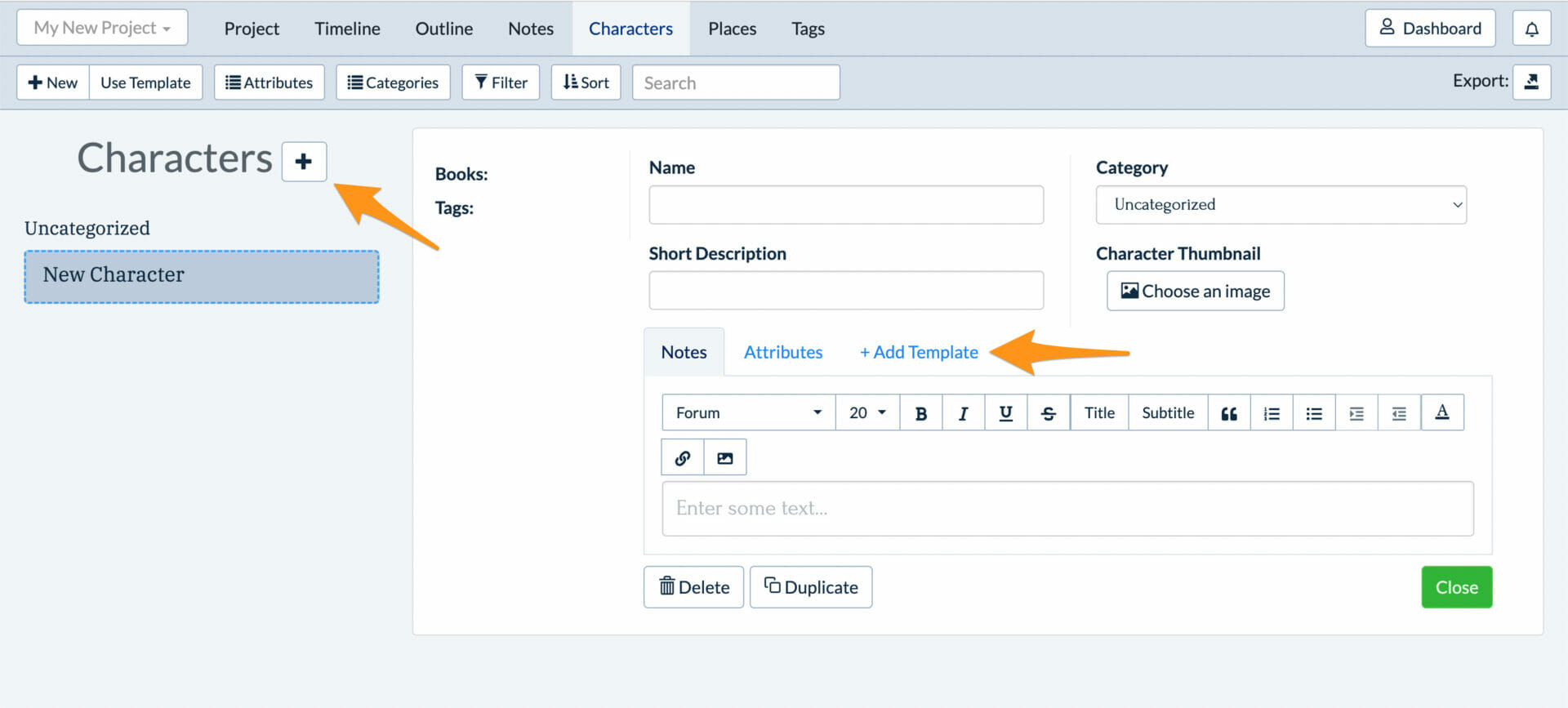
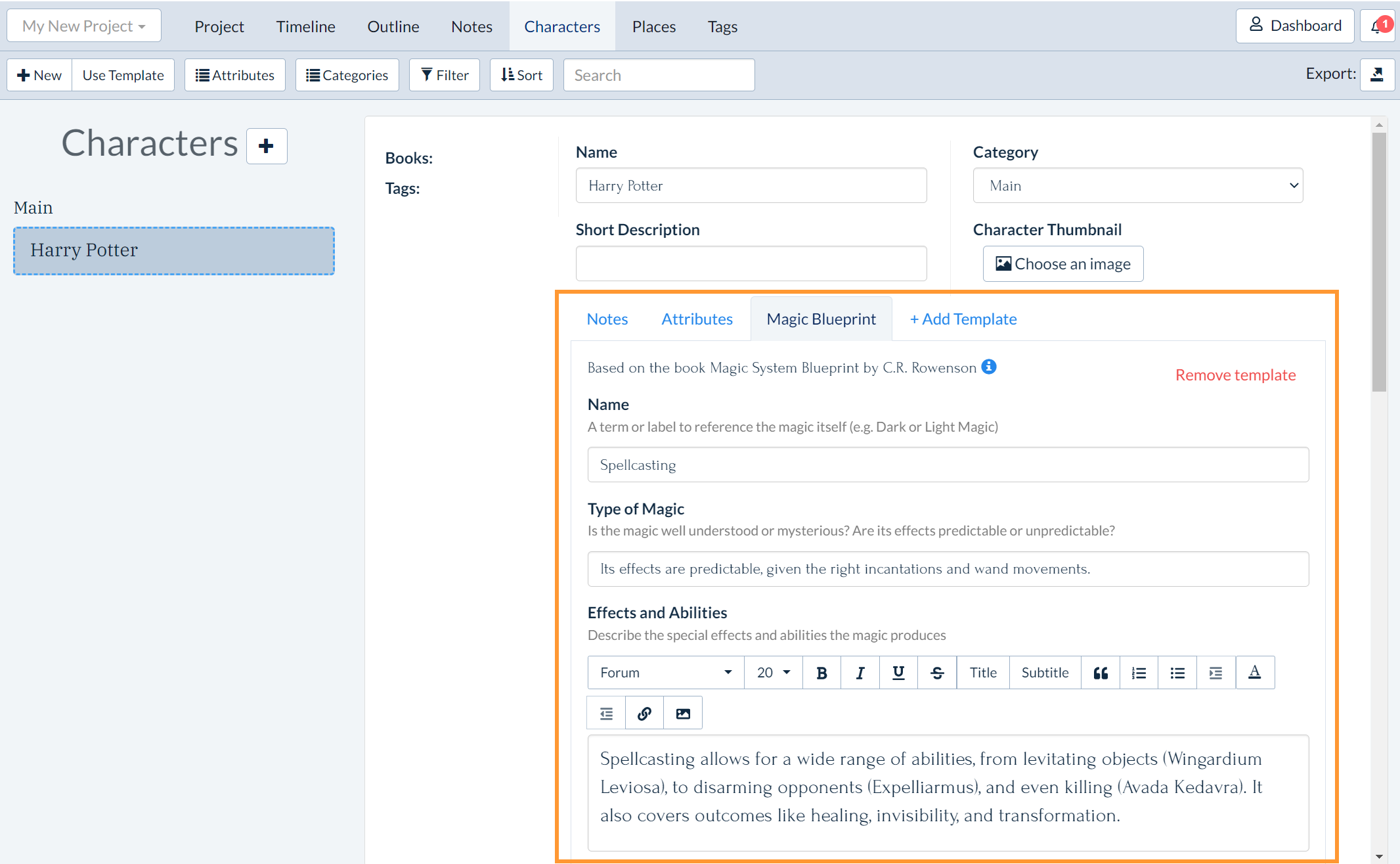
That’s it! Now you can easily use Plottr’s Magic Blueprint Template to brainstorm how magic affects each character in your story. This template goes well with these others:
Whether you’re weaving together captivating tales of high fantasy, or telling enchanting supernatural tales, Plottr’s Magic Blueprint Character Template will help you make magic happen.
Dive into the Magic Blueprint Character Template now and get help using Plottr with free weekly live training. Remember to share your experiences in the comments!
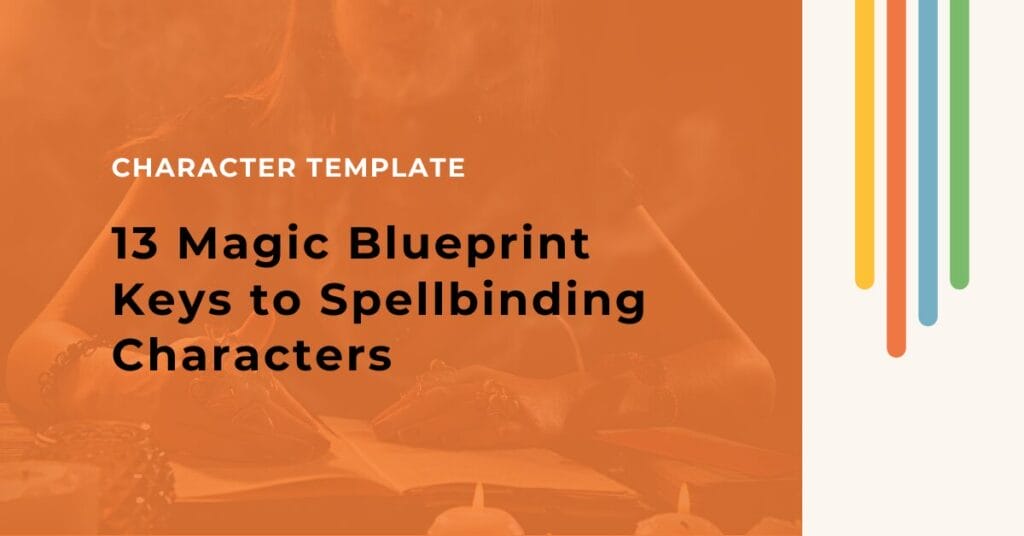

© Fictional Devices, 2024. All Rights Reserved.
Comments